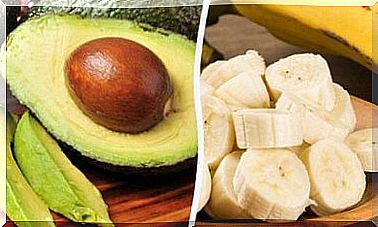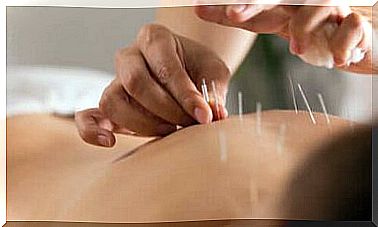Characteristics, Types And Function Of Lipids
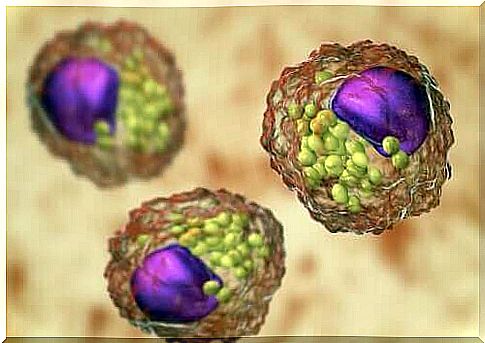
The function of lipids is important as it affects our overall health. They are not only important as an energy source for the body, but they also affect other essential processes such as, among other things, the transport of nutrients and the regulation of body temperature.
These substances are different and come from different sources. They are actually known for the role they play when it comes to nurturing living beings. This is because they are the key to the absorption of vitamins and for the optimal functioning of the metabolism.
So what exactly are lipids? What is their function? You may have heard of them in terms of health and nutrition and may want to understand them better. We will tell you more about the following.
What is the function of lipids?
Lipids are a group of biological molecules that take part in relevant processes in the body. More specifically , they are part of the cell membrane and the base for the production of hormones. More than anything else, they are responsible for storing energy.
In addition, they consist of carbon and hydrogen and contain sulfur, nitrogen and phosphorus to a lesser extent. In any case, their primary characteristic is that they are water-soluble and represent one of the body’s primary energy reserves.
The term, lipid, is often used to refer to “fat”, but not all lipids are fat. However, all fats are lipids. There are thus several types of lipids and they are classified based on their physical properties and functions.
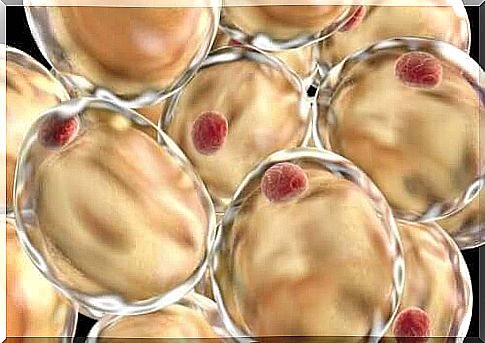
The primary function of lipids is as an energy reserve for the body. However, they also take part in the production of hormones and the synthesis of vitamins.
Types of lipids
As described in an article published in the scientific journal, Biochimica et Biophysica Acta, the concept, lipids, group different components together that have relevant biological functions. It is therefore important to understand their classification when talking about these substances. What types of lipids are there?
Phospholipids
These consist of chains of fatty acids, phosphate and glycerol. They form hydrophobic structures, which means that they reject water. Their main function is the formation of cell membranes.
In addition, they also perform important actions such as the digestion of other fats in the small intestine. The body is able to generate all the phospholipids it needs by itself.
Cholesterol
It is an essential molecule in the body. Contrary to many people’s beliefs, it is not always bad and it is part of cell membranes. In addition, it is a precursor to various substances such as some vitamins and hormones such as steroids.
A certain amount of cholesterol is thus essential for the body to function properly. However, too much of it can lead to accumulation in the blood vessels. This can be a problem because there is a greater risk of heart attack or ischemic problems when the blood vessels become clogged.
Glycolipids
This type of fat also contains sugar molecules in their structure. Their main function concerns the immune system. They live on the outside of the cell membrane and act as a signal for it.
Triglycerides
These consist of fat and alcohol. More specifically , they are the molecules in which excess energy and sugar are converted. That is, they produce their energy reserves.
As with cholesterol, an excess amount of triglycerides also tends to accumulate in blood vessels and in the rest of the body. This is why high levels can lead to health problems.
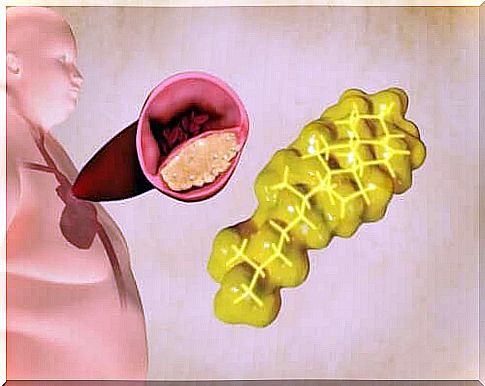
Triglycerides play an important role in the body’s energy reserve. In excessive amounts, however, they are harmful to health.
Steroids
These are molecules made up of cholesterol and hormones. Some examples are testosterone and estrogen. In addition, they need cholesterol to be synthesized in the body. More specifically, they perform the regulating and activating functions.
What is the function of lipids in the body?
Depending on their type, lipids perform many essential functions in the body. According to a publication in Molecular Biology of the Cell , these are structural and signaling functions. We will describe some of the most important in detail below.
Energy reserves: The function of lipids
The primary function of this substance is as an energy reserve in the body. One gram of fat can provide 9 kilocalories to the body. When a person has too much sugar in the body, these are stored in the form of fat depots. They will be used when other sources of energy, such as carbohydrates, are in deficit.
The formation of structures
Some lipids form important structures in the body. Cell membranes are the most important example. They consist of a specific type of lipid. They are essential for shaping and protecting the cell.
Cellular communication is, among other things, the function of lipids
Cells communicate with each other through various substances that act as signals, such as vitamins, hormones and glycolipids. Their function is to regulate various secretions and the body’s reactions.
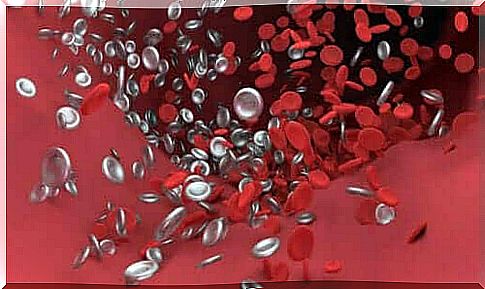
Cellular communication would not be possible without certain types of lipids.
Transport is another important function of lipids
There are lipids that act as transporters of other substances through the body, such as nutrients. In general, this function is performed in conjunction with bile acid and lipoproteins.
Temperature control
The fat depots, which accumulate under the skin and around the organs, act as protection against the cold. Fat traps heat and thus keeps the body warm.
Concluding remarks on the function of lipids
The type and function of lipids are different and complex, although these organic components are generally essential for life. To some extent, they are also essential for the proper functioning of the body. However, some of them are harmful in excessive amounts.
As you can see, try to get and maintain a healthy lifestyle, especially when it comes to food. Also schedule regular checkups with your doctor. You should undergo medical treatment if the levels are abnormal.
We hope you enjoyed this article.







